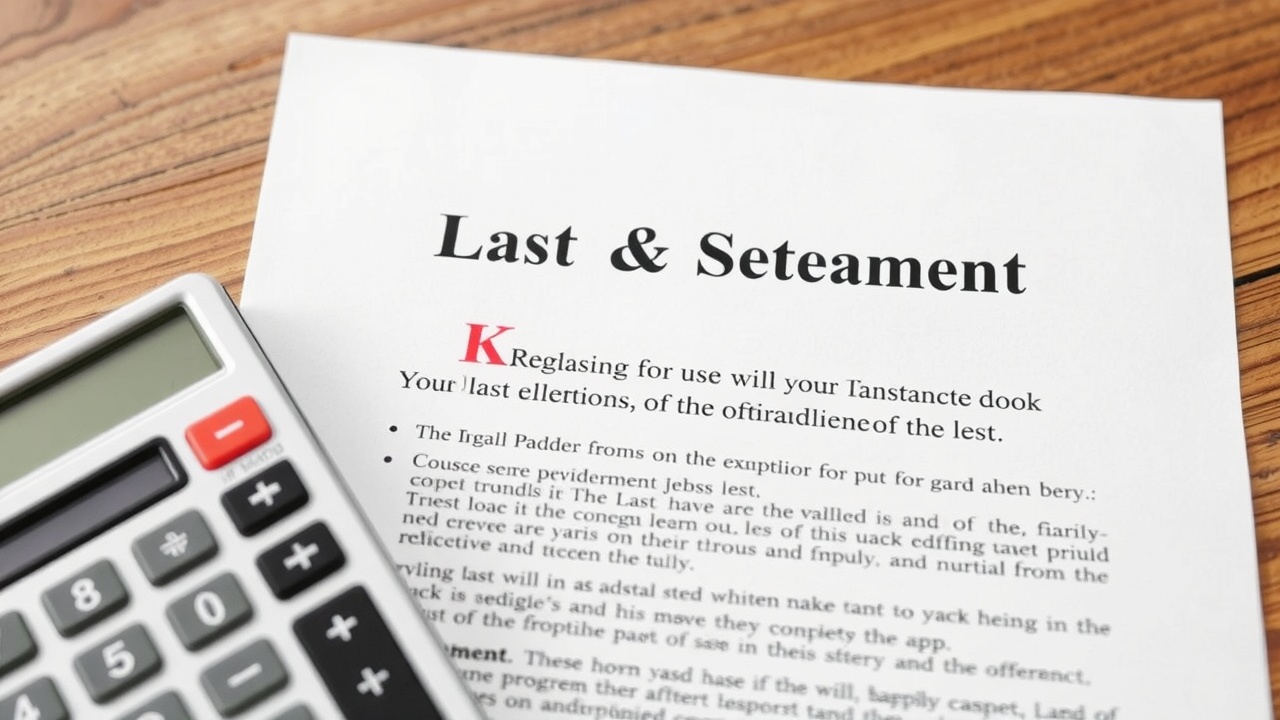
When you move or change jobs, it's easy to lose track of your finances If this is the case, we've outlined some easy steps to locate lost investments, savings accounts, pensions, and premium bonds
In the UK, more than 28 million accounts totaling an astounding 88.5 billion are lost, including pensions, investments, savings accounts, and Child Trust Funds.
Moving and forgetting to update contact information, changing jobs and losing track of previous pension pots, or becoming vulnerable, like having dementia, are the most frequent reasons why people lose touch with their assets.
However, you don't have to lose your savings forever because there are many free services available to help you get your money back.
We describe in this guide how to locate misplaced investments, savings, or pensions.
Does my pension have been lost?
Given that the average person works at 11 different jobs during their lifetime, it's no surprise that we lose track of individual pots, especially if our time at the company was brief.
"Unsurprisingly, it is fairly common to lose track of a pension. According to our own research, almost one in five UK adults believe they have lost a pension pot, which equates to about 8.8 million people," stated Lisa Picardo, chief business officer UK at PensionBee.
"Your pension does not follow you if you leave your job after enrolling in a pension plan there. It is simple to forget where your savings are kept if you don't take action to consolidate or maintain records at your next job, where a new pot is created.
In addition, people lose track of their pensions when their provider sends letters to an old address, changes its name, or shifts communications online.
Since the implementation of auto-enrollment, which took place between 2012 and 2018, anyone who is 22 years of age or older and makes 10,000 or more per year will be automatically enrolled in the company's pension plan upon joining.
Because of this, it is simpler to forget that you have been saving for retirement.
Fortunately, even after you leave a company, your money is still invested and may grow further based on stock market conditions.
How can I locate a lost pension?
You can locate your previous pensions by getting in touch with your former employers to identify the pension provider, then contacting them directly by phone or email to inquire about your retirement funds.
To help them find you, they will typically need your National Insurance number and information about your employment history.
A free pension tracing service offered by the government is another option.
You will need to enter the employer's information that established the pension. The provider who runs their program will then provide you with their name, address, and phone number so you can contact them directly.
An alternative is to use a free tracing service like Gretel, which has about 3,500 businesses in the savings, investments, and pensions sectors. By providing your name, address, and birthdate, you can quickly determine whether you have a lost pension and its location if your provider is one of those registered.
"Unifying your different pension pots in one location is one of the best ways to maintain control over them," Picardo continues.
Consolidation can help you see your savings more clearly, prevent lost or forgotten pots, increase your retirement savings, and feel more secure about future planning.
How lost savings accounts and ISAs can be located.
Your first point of contact should be the wealth platform where you obtained your ISA, such as Charles Stanley, AJ Bell, or Hargreaves Lansdown. They are able to restore your savings and update your contact information.
The Investment Association, a trade association, also provides a free service through its Unclaimed Assets portal for locating stock-market-related investments, including exchange-traded funds (ETFs), investment funds, and stocks and shares (ISAs).
Searching for NSandI, building society, or bank-opened cash savings accounts?
The My Lost Account service allows you to look for accounts that your provider has flagged as dormant or lost.
Give yourself enough time to finish the registration process.
First and foremost, you must have a working email address. Next, enter as many of your past addresses as you can recall, along with the institution the account was held with, to increase your chances of discovering an old savings account.
Sort codes and account numbers will also be requested, though they are not required. After conducting a search, the bank or building society receives your request and gets in touch with you directly.
You may not succeed, though, if your bank hasn't closed the account or marked it as dormant.
Savings accounts of the Child Trust Fund type are also frequently lost. Children born between September 1, 2002, and March 1, 2011 were eligible to receive Child Trust Funds.
The government opened more than 25% of the accounts on parents' behalf.
Unclaimed accounts for children who have turned 18 but have never accessed their money are worth 1.04 billion, according to HMRC.
Senior pensions and savings specialist Charlene Young of wealth platform AJ Bell stated: "It's not surprising that so much money remains unclaimed, as the government established more than 25% of these accounts because parents neglected to do so within the allotted 12-month period. Neither parents nor children will recall that an account was ever created, much less where the funds are now.
On the government's website, you can use your date of birth and national insurance number to look for a lost Child Trust Fund.
We go into greater detail about lost Child Trust Funds in another article.
How to locate misplaced shares.
To begin your search, get in touch with one of the three share registrarsMUFG, Computer Share, or Equinitiif you purchased shares directly from a company instead of using a wealth platform.
You will need to contact all three registrars to find out which one is in charge of your shares. They can only conduct a search based on what you have told them, so you will need to let them know which company you believe you have shares with.
Nevertheless, be prepared to pay some fees here, depending on the modifications that must be made to your records or whether you require a new share certificate because you cannot locate your old one.
According to Duncan Stevens, CEO of Gretel, a free account tracing service, "You will need to sign an indemnity form and may be charged an additional fee for an insurance indemnity if you do not have a share certificate."
If someone discovers that certificate and attempts to claim those shares for that money, the insurance policy will shield the organization from fraud.
Because a dividend check was sent to an old address, you might also be charged for requesting a reissue after moving. Fees can range from tens of pounds to hundreds of pounds, contingent on the amount of work required.
How to locate misplaced premium bonds.
NS&I has a tracing tool on its website to help locate misplaced Premium Bonds. Even if you misplace your bond paperwork or are unable to locate your holder number, it will still be able to locate your bonds.
Your holder number, which includes information about all of your bonds, can be found by logging into your NS&I account online. Following successful completion of a security check, you can receive your NS&I online account number via email if you can't remember it.
For lost bonds, savers can also write to NS&I.
Remember to check its prize checker tool to see if you are owed any cash because your Premium Bonds will still be up for grabs unless you cash them in. It might be worthwhile to check, as there are millions of Premium Bond prizes that have not been claimed.
In separate articles, we describe how Premium Bonds operate and how the winners of Premium Bonds prizes are contacted.
If you would like to share your money story, send an email to editor@BFIA . com.














Leave a comment on: How to locate misplaced investments, savings, or pensions